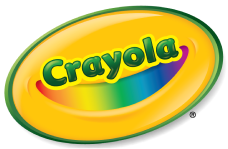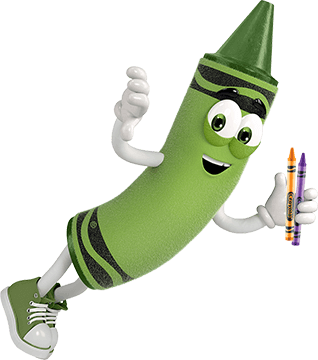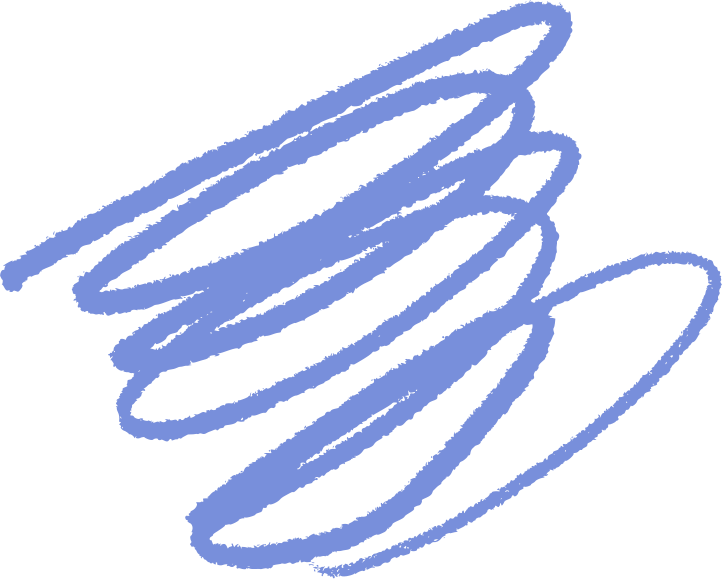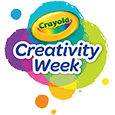A lo largo de la historia de Crayola, se han retirado varios colores de crayón, marcando momentos significativos en la evolución de nuestra vibrante paleta.
1990
Por primera vez en la historia de Crayola, ocho colores fueron retirados y colocados en el Salón de la Fama de Crayola: azul gris, azul verde, amarillo limón, maíz, rojo naranja, amarillo anaranjado, sombra cruda y azul violeta. Se agregaron ocho nuevos colores: cerúleo, diente de león, fucsia, verde selva, púrpura real, azul turquesa, mandarina viva y fresa silvestre.
2003
¡Celebrando un siglo de traer color al mundo, Crayola presentó cuatro nuevos colores nombrados por los fanáticos de Crayola! Para dejar espacio a los nuevos tonos, nos despedimos del azul ventisca, el menta mágico, la morera y el azul turquesa. Los cuatro nuevos colores que se introdujeron son: inchworm, jazzberry mermelada, mango tango y wild blue yonder. Felicitaciones a nuestros héroes del color: los consumidores que votaron en la campaña "Save the Shade", asegurándose de que la siena quemada permaneciera en el paquete.
2017
Para conmemorar el Día Nacional del Crayón el 31 de marzo, anunciamos que el diente de león dejaba la manada. Para honrar este color icónico, enviamos a Dandelion en una gira de jubilación a sus lugares favoritos. Su reemplazo, Bluetiful, fue anunciado el 5 de mayo de 2017.
¿Busca más datos históricos sobre nuestra colorida empresa? ¡Los tenemos en la página de Historia de Crayola!
Si tienes preguntas adicionales, ¡nos encantaría saber de ti! No dudes en llamarnos o enviarnos un mensaje de texto al 1-800-CRAYOLA días laborables entre las 9 AM y las 4 PM hora del Este. Si prefieres enviarnos un correo electrónico, visita nuestra página de contacto.
Preguntas relacionadas
Explora respuestas a preguntas comunes, consejos útiles para eliminar manchas e ideas creativas para aprovechar al máximo nuestros materiales de arte y recursos gratuitos.
-
Most of our color names are taken from a book called "Color: Universal Language and Dictionary of Names," which was published by the U.S. Bureau of Standards. We use this reference guide because everyone sees and expresses color differently. Using the Universal dictionary as a base, we can refer to a standard color system and color names. Many crayon names are also borrowed from traditional artists' paints. In addition, we have asked consumers, through various promotions, to help name crayon colors. To learn about any future color naming opportunities, please register to receive our newsletter at Crayola's newsletter signup page.
-
The basic ingredients contained in Crayola® Crayons are paraffin wax and color pigment. These ingredients are the same for all Crayola Crayon colors, with some modifications in special effects crayons.
Crayola Crayons begin to melt at around 105° Fahrenheit and have a melting point between 120° - 147° Fahrenheit. The melting point is the same for all regular Crayola Crayons; however, the density and amount of pigment included in different crayons will result in varying thickness or viscosity of the mixture.
-
Primary Colors: Primary colors are the foundation for creating other colors. They cannot be created by mixing other colors together. The primary colors are:
- red
- blue
- yellow
Secondary Colors: Secondary colors are created by mixing two primary colors.
- red + yellow = orange
- yellow + blue = green
- blue + red = violet
Tertiary Colors: Tertiary colors are created by mixing primary colors and adjacent secondary colors on the color wheel.
- red + orange = red orange
- green + yellow = yellow green
- blue + violet = blue violet
Need a visual? Learn more about blending and mixing colors on Crayola's color theory page.
-
Crayola® Crayons are made using primarily paraffin wax and color pigment. While the basic ingredients remain consistent across all colors, variations may occur in special effects crayons.
Our crayons are crafted through a process that involves melting paraffin wax and blending it with color pigments. This mixture is then poured into molding machines where it solidifies in four to seven minutes. For a behind-the-scenes look at the Crayola crayon manufacturing process, watch the video "You've Got Crayola Crayons" on YouTube.
-
We currently use 12 different colored labels for CRAYOLA Crayons. The labels are purchased through an outside vendor and made of either vat dyed construction paper or printed paper and reforested wood. We manufacture more than 120 different Crayola Crayon colors, however, we do not have a crayon label to match each of these colors.




